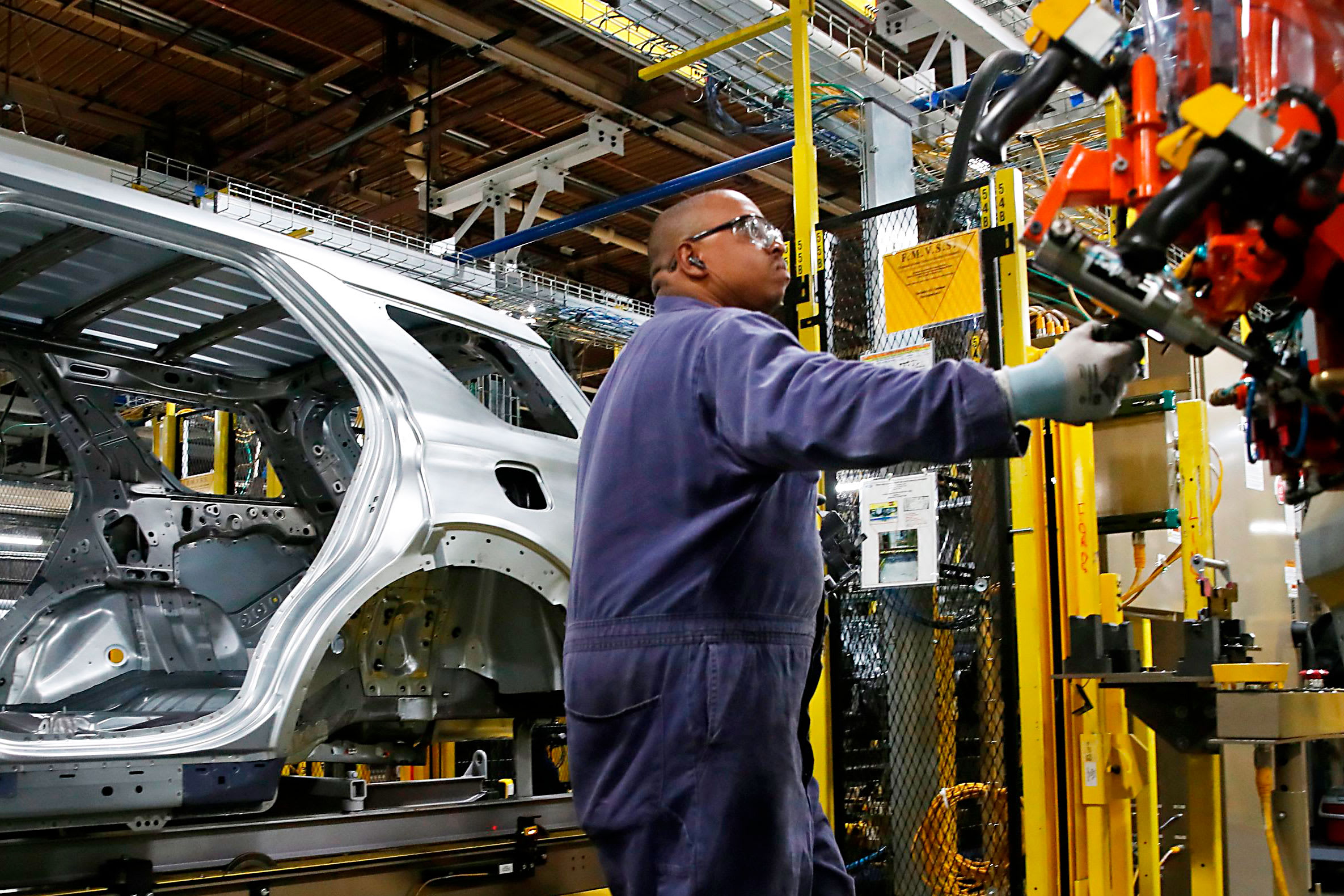
U.S. producer prices edged up in December as a rise in the cost of goods was offset by weakness in services, the latest indication of tame inflation pressures that could allow the Federal Reserve to keep interest rates unchanged this year.
The Labor Department said on Wednesday its producer price index for final demand ticked up 0.1% last month after being unchanged in November. In the 12 months through December, the PPI increased 1.3% after gaining 1.1% in November.
For all of 2019, the PPI rose 1.3%. That was the smallest gain since 2015 and followed a 2.6% increase in 2018.
Economists polled by Reuters had forecast the PPI climbing 0.2% in December and advancing 1.3% on a year-on-year basis.
Excluding the volatile food, energy and trade services components, producer prices also nudged up 0.1% in December after being unchanged in November. The so-called core PPI rose 1.5% in the 12 months through December after gaining 1.3% in November. Core PPI increased 1.5% in 2019, also the smallest advance since 2015, after rising 2.8% in 2018.
U.S. financial markets were little moved by the data as investors awaited the signing on Wednesday of a preliminary trade deal between the United States and China, a first step toward diffusing an 18-month trade war.
Tame inflation
The producer inflation data followed a report on Tuesday showing a small rise in consumer prices in December. The Fed, which has a 2% annual inflation target, tracks the core personal consumption expenditures (PCE) price index for monetary policy.
The core PCE price index rose 1.6% on a year-on-year basis in November, and undershot the Fed’s target in the first 11 months of 2019. December PCE price data will be published later this month.
The U.S. central bank last month left interest rates steady and signaled monetary policy could remain on hold at least through this year after it reduced borrowing costs three times in 2019.
Inflation could remain tame, with the government reporting last Friday that the annual increase in wage growth retreated to below 3.0% in December even as the unemployment rate held at a near 50-year low of 3.5% and a broader measure of labor market slack dropped to a record 6.7%.
In December, wholesale energy prices jumped 1.5% after increasing 0.6% in November. They were boosted by a 3.7% acceleration in gasoline prices, which followed a 2.3% rise in November.
Goods prices rose 0.3% last month, matching November’s rise. Gasoline accounted for more than 60% of the increase in goods prices last month. Wholesale food prices fell 0.2% after surging 1.1% in November. Core goods prices ticked up 0.1% last month. They increased 0.2% in November.
The cost of services was unchanged in December after dropping 0.3% in November, which was the biggest decline since February 2017.
Prices for healthcare services fell 0.1% in December after slipping 0.2% in the prior month. The weakness in wholesale healthcare costs is in stark contrast with strong readings in December’s consumer inflation report.
Portfolio management fees jumped 1.9% after rebounding 1.2% in November. Those healthcare and portfolio management costs feed into the core PCE price index.


 Signal2forex.com - Best Forex robots and signals
Signal2forex.com - Best Forex robots and signals




